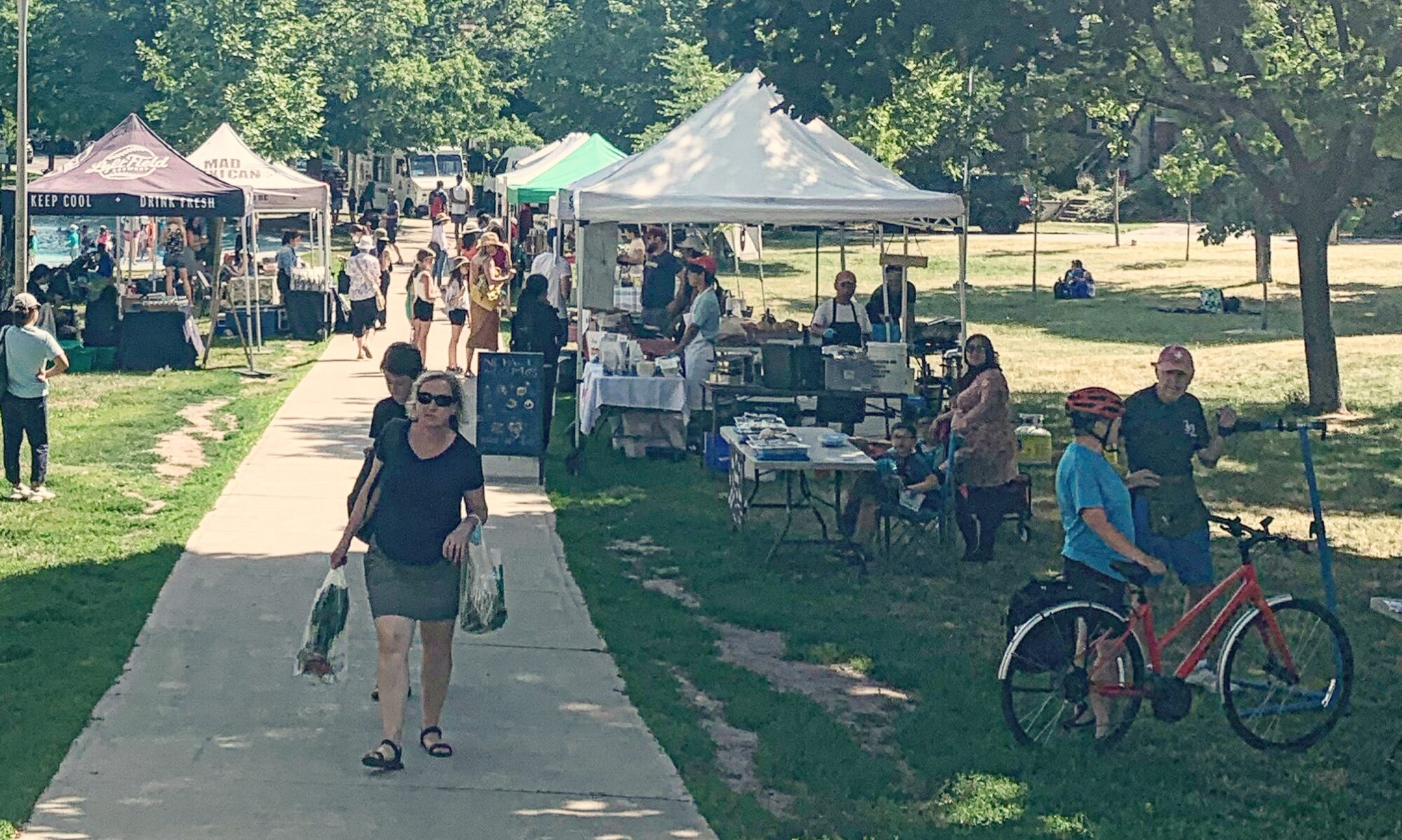Posted on behalf of the DECA Board. This post is the second in a series regarding the province’s proposed changes to Toronto City Council. This post explains why Toronto has 47 city councillors as well as the process the City undertook to review ward boundaries.
A summary
In 2013, Toronto City Council initiated a review of the Ward boundaries to address the changing city and address voter parity for everyone across Toronto.
Why – City Council voted to review the Ward boundaries because the city was rapidly growing in some areas while remaining the same in others. To achieve effective representation in all Wards in Toronto changes to these discrepancies were necessary. In 2014 the ward populations ranged from 45,440 to 94,600 people.
The current 44 Ward boundaries were established in 2000. At this time the City had a population of about 2.5 million people. In 2016 the population had grown by about 400,000 people to 2.9 million and was forecast to continue to increase to 3.2 million by the year 2030. This process would incorporate projections in growth for the city to 2030.
When – In 2013 Toronto City Council initiated a review of the ward boundaries to be completed by October 2016. The new Ward boundaries would be available for the 2018 municipal elections.
Process – City Council voted to engage an independent consultant to provide the Ward Boundary review, assessment and development. Council drew up a Terms of Reference for this process. The guidelines set out by the Supreme Court of Canada for governments to follow when drawing out electoral boundaries formed the framework. The principal of “effective representation” for all was the goal in this endeavour. This process included civic engagement and two phases of consultations with, among others, the public and stakeholders.
Results – The option for Ward boundaries showing minimal change with an increase of number of wards from 44 to 47 was the preferred option. The average population per Ward would be 61,000 people. This would mean effective representation was possible and that Councillors have the capacity to represent their constituents effectively.
Key findings by the surveys and consultations held during the Ward Boundary Review found that a majority favoured up to 60,000 people per ward. Only a small minority favoured large wards (38 wards) when those wards were provided with additional resources and this was the last option selected in the public survey.
As a result of this process, Toronto now has a Ward Boundary Map which reflects the time and efforts of many of its citizens, councillors and the tax payer’s money and which would provide representative democracy across the City for the years ahead.
The above summary is based on information found on the following link:

